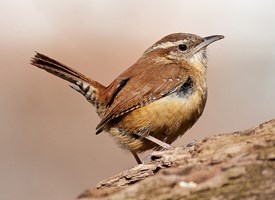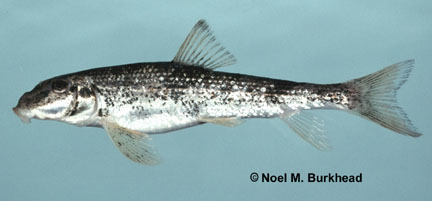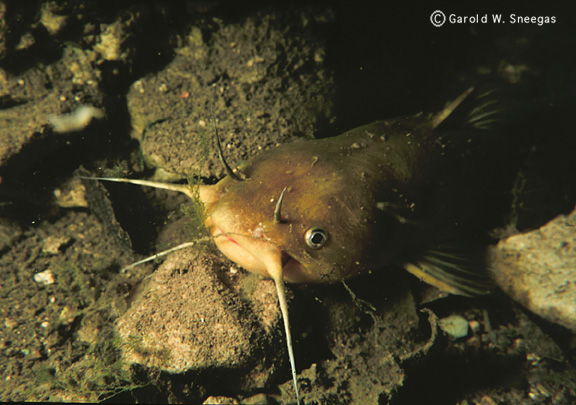Mammoths and mastodons no longer roam North America, but a relative of the elephants can still be found in Florida. The manatee belongs to the superorder paenugulata which includes the proboscidea (elephants), the hyracoidea (hyraxes), and the sirenia (manatees and dugongs). Strange as it may seem, these quite different looking animals are somewhat closely related. Manatees share many anatomical characteristics with elephants. Their incisors resemble elephant tusks, and the toenails on their flippers exactly match those found on elephant toes. Manatees use their lips to feed on vegetation, much like elephants use their trunks when foraging for food. And manatee teeth are replaced by horizontal forward movement– the same process of dental development that occurs in elephant mouths. A scientist first recognized the anatomical similarities between manatees and elephants in 1945. Recent genetic studies confirm this early cladistic analysis.
The proboscidea, hyracoidea, and sirenia orders belong to the same clade–the paenugulata.

All of these species of manatees are still extant except for Steller’s Sea Cow which was overhunted to extinction in 1768.
The species of manatee still extant in Florida today ecologically replaced an extinct species of dugong during the late Pliocene or early Pleistocene. This species is known as the West Indian manatee because it occurs along the Caribbean island coasts–also known as the West Indies. Manatees occasionally swim as far north as Massachusetts during summer but return to waters off the coast of south Georgia and Florida before winter. West Indian manatees can’t survive cold water temperature. Fossil evidence shows manatees have long straggled north of their winter range–remains of manatees dating to the Pleistocene have been found near the coasts of South Carolina, Virginia, and New Jersey. There is some evidence that manatees were extirpated from Florida during the coldest stage of the last Ice Age. Fossils of manatees dating to before the Last Glacial Maximum in Florida resemble a subspecies no longer found in the state. Manatees from the Caribbean recolonized Florida following the end of the last Ice Age. Pleistocene-age manatee bones have been excavated from over 24 sites in Florida, and men hunted them as soon as Indians arrived in the region.
Manatees in the St. Mary’s River, Georgia. I saw manatees when I visited Wakulla Springs, Florida.
West Indian manatees feed upon over 60 kinds of aquatic plants such as eel grass and turtle grass, and they incidentally ingest snails and small fish while munching on vegetation. The extinct Stellar’s sea cow ( Hydromalis gigas ) ate kelp. Stellar’s sea cow was the largest species of manatee, formerly reaching lengths of 30 feet. It was the only species of manatee adapted to live in cold water. They evolved a layer of blubber to help them cope with the frigid temperatures of the north Pacific. Sea cows were widespread during the Pleistocene, ranging as far south as Monterey Bay, California, but by 1747 when they were first discovered by Europeans, they were already relegated to a small relic population off Commander Island located in the remote Bering Sea. They were overhunted to extinction by 1768.
Some archaeologists speculate Paleo-Indians first reached North America by following a route along the Pacific coast, but they have no concrete evidence. The reduction in the population and range of Stellar’s sea cow may be indirect evidence supporting this hypothesis. Prehistoric seafaring people likely overhunted Stellar’s sea cow and extirpated them over most of their former range. Sea cows reproduced slowly and were easier to hunt than whales. Kelp beds, the habitat they preferred, have remained abundant throughout their decline and extinction, so ecological change can’t be the reason they became extinct.
All extant species of manatees are in danger of extinction today precisely because of the slow reproductive rate that doomed Stellar’s sea cow. Manatees reproduce fast enough to replace populations lost to cold snaps, red tides, and other causes of natural mortality, but the addition of deadly boat propellers to their environment may be pushing them over the edge.




















